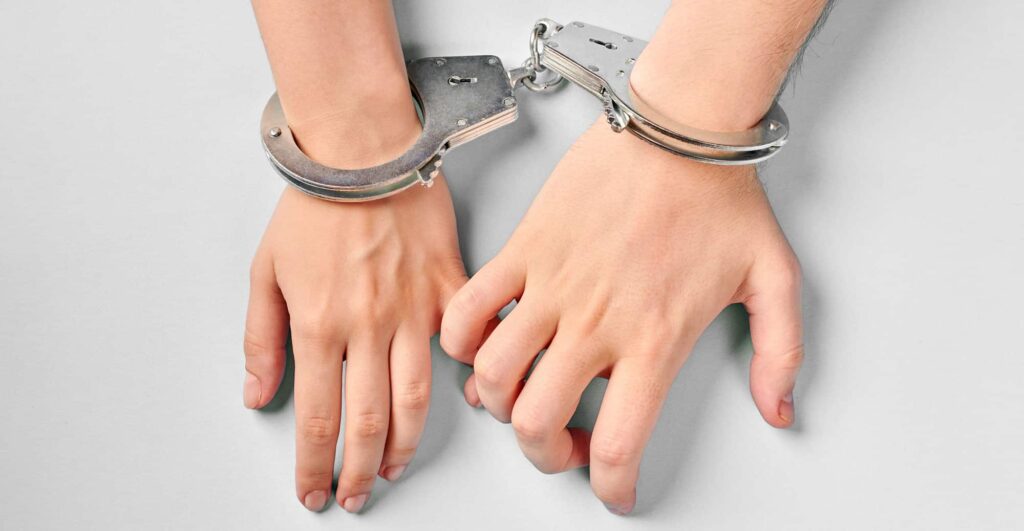By Wesley Gallagher
If you’re struggling with mental health or addiction issues, the best treatment program is one that will work for you and your specific struggles. Ideally, treatment should be catered to the individual and focused on the whole person, which means it will look different from person to person. Fortunately, there are many different types of therapy available, including Dialectical Behavior Therapy, or DBT. Learning more about it can help you and your provider decide whether or not it may be right for you.
DBT works by focusing on four core skills: mindfulness, distress tolerance, emotion regulation, and interpersonal effectiveness.
What is Dialectical Behavior Therapy?
DBT is a modified form of Cognitive Behavioral Therapy (CBT) that was originally developed to treat borderline personality disorder (BPD) and chronically suicidal individuals. As a cognitive-behavioral approach, DBT works to identify and change negative thinking patterns to effect positive behavioral change.
As Marsha Linehan, Ph.D. sought to create a treatment for chronically suicidal women, she realized that the usual cognitive-behavioral treatments that focused on changing thoughts and behaviors made her patients feel misunderstood and invalidated. As she continued her research, she began to incorporate interventions that involved the acceptance of the patient and the patient’s emotions and thoughts, circumstances, and other factors. She found that starting with acceptance allowed people with heightened emotions to then be more willing to work on change. This dialectical philosophy — the synthesis of two opposing forces: acceptance and change — became the foundation of what would become Dialectical Behavior Therapy.
In DBT, VerywellMind.com says the patient and therapist work together to bring about positive individual changes through resolving the apparent contradiction between self-acceptance and change. This treatment has been used for years for patients with BPD and suicidal tendencies, but it has also been adapted for other mental health issues.

How Does DBT Work?
According to Dialecticalbehaviortherapy.com, DBT works by focusing on four core skills: mindfulness, distress tolerance, emotion regulation, and interpersonal effectiveness:
- Mindfulness
This is the practice of observing yourself and your surroundings without judgment. This skill helps you to “live in the moment” and pay attention to what is happening inside of you as well as what is happening around you. It allows you to slow down and focus on using healthy coping strategies in the midst of heightened emotions.
- Distress tolerance
The ability to deal with hard or painful situations and tolerate them when they cannot be changed is what is known as distress tolerance. This skill focuses on acceptance — of both yourself and your current situation — and can help you cope with intense emotions by using a more positive long-term outlook.
- Emotion regulation
This is the ability to recognize when an emotion is unproductive so you can change it into something more productive. Learning to recognize and cope with intense negative emotions reduces your emotional vulnerability and helps you to have more positive emotional experiences.
- Interpersonal effectiveness
Being able to communicate well so you can get more out of your relationships is the goal of interpersonal effectiveness. This tool teaches you how to communicate what you want and be comfortable saying no. It also helps you become more assertive in relationships, listen and communicate more effectively, deal with challenging people and respect yourself and others.
Psychologists Linda Dimeff and Marsha Linehan explain in “Dialectical Behavior Therapy in a Nutshell” that a DBT treatment plan typically involves a combination of therapies that enable patients to learn and practice the above skills in a variety of circumstances, encouraging comprehensive internal and external change. Some examples include:
- Structured group or individual skills training
This focuses on teaching the core behavioral skills listed above. Often homework is assigned to continue the practice of skills between sessions.
- Individual therapy
This particular form of therapy helps patients apply the skills they’ve learned to specific events and relationships in their lives while addressing underlying emotions to enhance motivation.
- Telephone consultation
Between sessions, therapists can coach clients throughout the week on how to use their newly learned skills in situations that arise in their everyday lives.
- A DBT consultation team
A consultation team can be helpful in supporting the various therapists involved in treating patients.
The goal of DBT for people with eating disorders is to give them the tools they need to regulate their emotions in healthy ways, rather than seeking to escape or control them with unhealthy eating patterns.
Who Does DBT Help?
While originally developed to treat people with BPD and suicidal tendencies, dialectical behavior therapy has been adapted to help people with other mental health and addiction issues, including substance abuse, depression, post-traumatic stress disorder, and eating disorders.
The Meadows uses DBT, among other forms of therapy, to treat disordered eating that presents alongside substance use disorder or mental health issues, as it has been proven effective at helping people with this condition to slow or stop problematic behaviors. The therapist and patient work together to increase the patient’s emotional and cognitive regulation by pinpointing what triggers reactive states and learning coping skills for triggering situations. At the same time, the patient learns to accept and tolerate hard circumstances and their own negative actions with mindfulness and distress tolerance skills.
This multi-pronged approach deals with internal and external forces, both validating the patient and motivating them to long-term positive change. Call us today to discuss our wide range of treatment options and find the program that is best for you.



